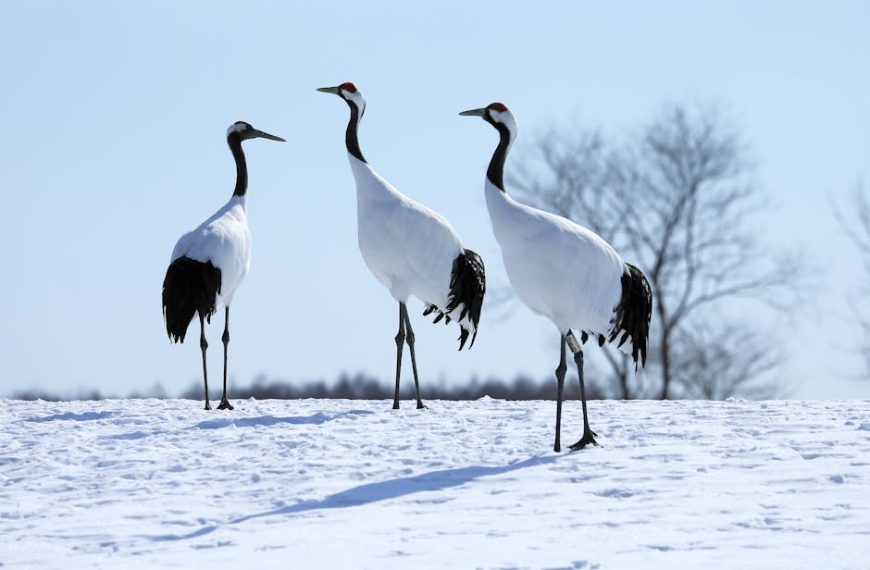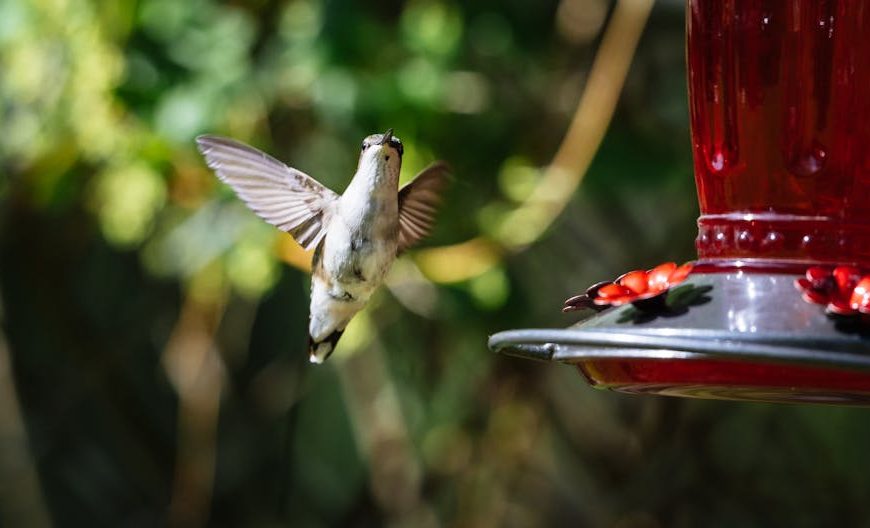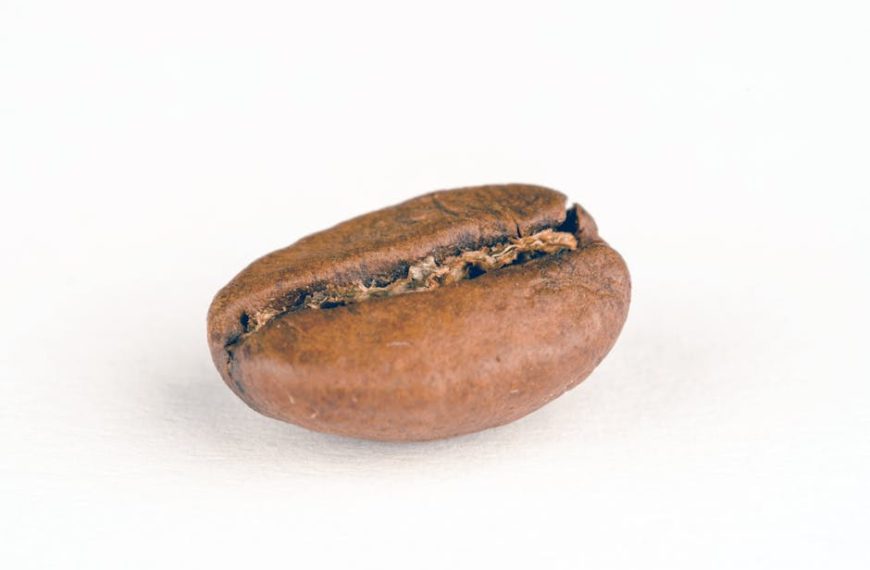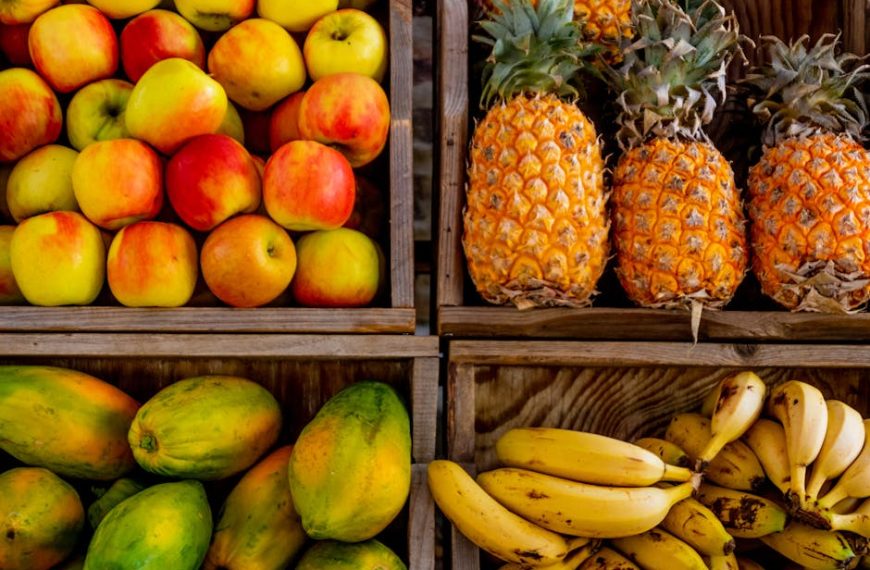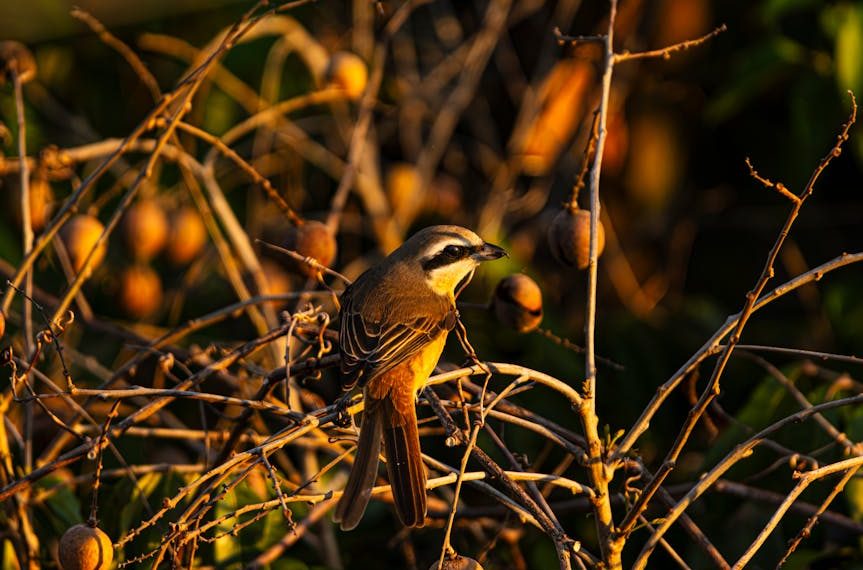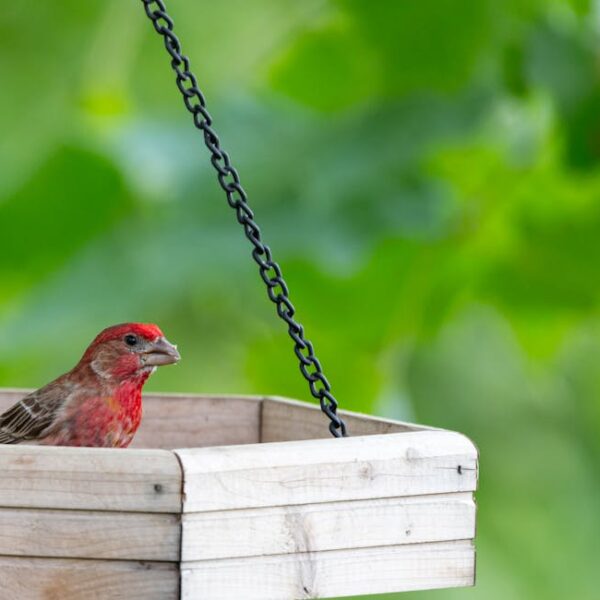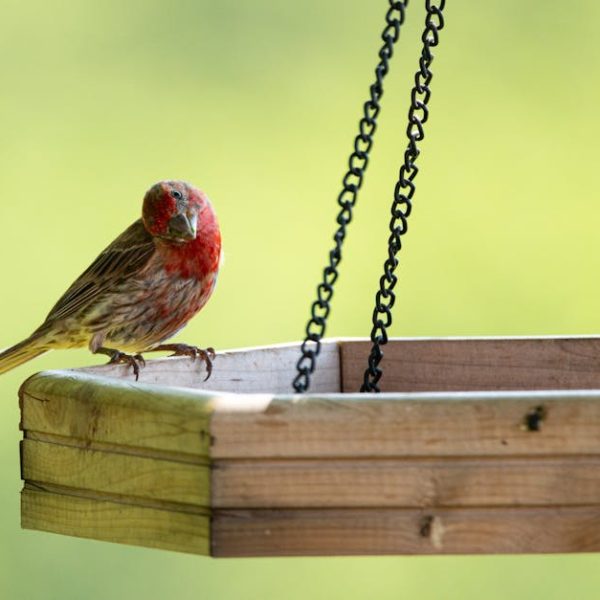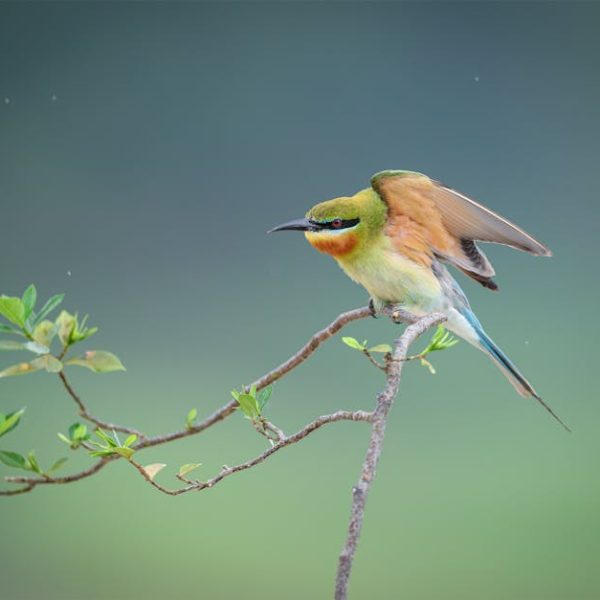In the diverse and fascinating world of wild bird diets, mealworms have emerged as a favourite for many species. Filled with protein, vitamins, and minerals, these larvae of the darkling beetle offer wild birds a nutritious and delectable eating experience. Their high-energy content makes them an ideal food for these active creatures, feeding their growth and feather development, and ultimately ensuring their overall health and survival in the wild. But the story doesn’t end here; there’s a lot more to delve into about why mealworms are such a big hit among our feathered friends.
Understanding the Nutritional Value of Mealworms
Birds are primarily driven by their dietary needs, and mealworms check many boxes when it comes to their nutritional requirements. With protein content as high as 25%, fiber around 7%, a generous dose of good fats for energy at 13%, and a moisture level of 62%, mealworms are indeed a bird’s superfood.
- Protein: Essential for their growth and feather development, birds can obtain a substantial amount of protein from mealworms.
- Fats: Birds need fats for energy and insulation, particularly during the cold season, and mealworms provide just that.
Pro Tip: Offer wild birds mealworms during breeding and molting periods when their protein and energy requirements are high.
Types of Wild Birds that Favor Mealworms
Interestingly, many species of wild birds exhibit a marked preference for mealworms. It’s a common sight to see bluebirds, robins, and sparrows feasting on them with fervor. Mealworms are also favoured by migratory birds who need a high-energy diet for their long journeys. Here’s a brief list of bird species that typically love mealworms:
- Bluebirds: Revered for their strikingly blue color and melodic song, mealworms are their absolute favourite.
- Robins: Known for their red chest, they enjoy a diet of mealworms during the breeding season when insects are scarce.
- Sparrows: The common house sparrow also relishes mealworms, given their high-protein content.
From a dietary standpoint, mealworms provide a near-perfect combination of essential nutrients that are favourite among these and several other wild birds, which leads to their high preference.
Offering Mealworms to Wild Birds: Tips and Best Practices
To integrate mealworms into the diet of your backyard birds safely and effectively, a few key tips and strategies deserve attention. Their proper storage and appropriate serving are critical aspects that must not be overlooked to ensure their freshness and maximize their appeal. Here’s a quick checklist:
- Fresh Mealworms: They should look lively and should not be smelly or moldy.
- Mealworm Feeder: A dedicated feeder would attract more birds and keep the worms from escaping.
Best Practice: The best time to feed birds mealworms is early morning when they are out and hungry after a long night. Also, place the feeder in a quiet, safe spot visible to birds.
The list above is not exhaustive. Different species may have various preferences and feeding requirements. Coming up next, we discuss the pros and cons of feeding wild birds mealworms.
The Pros and Cons of Feeding Wild Birds with Mealworms
Feeding birds in your backyard can play an incredibly gratifying role; it’s a wonderful way of attracting a delightful array of birds and observing them up close. It also provides invaluable support to birds during the harsh winter months when natural food sources may be scarce. Sharing mealworms with wild birds offers a rich source of nutrition and can help ensure their survival. However, this practice is not without its potential downsides.
Pros:
- Attracts a variety of bird species to your backyard
- Provides a nutritious food source, particularly during the harsh winter months
- Supports birds during the breeding season and helps them endure long migratory journeys.
Cons:
- Birds may become dependent on this food supply, which is not ideal for their natural instincts and survival skills.
- Incorrect storage of mealworms could pose health risks to birds; decaying worms can ferment and potentially harm birds.
Pro Tip: To avoid creating dependency, consider maintaining a balance by feeding birds mealworms in moderation and interspersing them with other types of bird food.
Alternative Foods to Complement Mealworms for Wild Birds
While mealworms are a great food source for birds, they shouldn’t be the only food offered. Pairing mealworms with other nutrition-packed foods can help create a balanced diet for your backyard friends. Some efficient alternatives and complements to mealworms include:
- Seeds: Sunflower and safflower seeds are a favourite among many bird species.
- Fruits: Apples, oranges, and berries are a healthy, sweet treat for birds.
- Suet: This hard animal fat is rich in energy and helps birds stay warm in cold weather.
Pro Tip: Unlike mealworms, which are best fed in cooler temperatures, fruits, seeds, and suet can be supplied all-year-round to offer diversified nutrition.
In conclusion, providing mealworms for wild birds allows us to engage with these beautiful creatures, contribute to their well-being, and in turn, enhance the biodiversity of our surroundings. The key takeaway here, however, is balance; strive to offer birds a variety of foods to suit their varying dietary needs throughout the year. Happy bird feeding!
Key Takeaway:
- Mealworms are high in protein, vitamins, and minerals, making them a favorite amongst wild bird species such as bluebirds, robins, and sparrows.
- Correct storage, serving, and diversifying the diet with foods like seeds, fruits, and suet are crucial while feeding wild birds mealworms.
- While feeding birds provides several benefits, potential downsides such as dependency and health risks must also be considered.
Understanding birds and their dietary requirements can yield heartwarming encounters with wild birds that will often leave you fascinated. Keep their dietary requirements balanced, ensuring mealworms are stored properly, and providing a mix of different foods like seeds, fruits, and suet.
FAQs
Q: Can I feed birds with store-bought mealworms?
A: Yes, quality store-bought mealworms can be used to feed wild birds. Make sure they are fresh and stored properly to ensure good health for the birds.
Q: How often should I feed birds mealworms?
A: Birds can be fed mealworms on a regular basis. However, it is important not to overfeed, maintain a balanced diet and prevent dependency on mealworms.
Q: What other foods can I mix with mealworms for birds?
A: Other bird-friendly foods like seeds, fruits, and suet can be used to provide a balanced diet along with mealworms.
Q: Are there specific times of the year when birds need mealworms the most?
A: During breeding and molt periods, birds may require extra protein, so offering mealworms during these times can be beneficial.
Q: Can feeding birds mealworms negatively impact their natural behavior?
A: Yes, overfeeding or solely feeding birds mealworms can potentially make them overly dependent on human-provided food, which may hinder their natural survival skills. Therefore, balance and moderation is key.
If you found this article helpful, don’t forget to share it among your bird lover friends and read more on our website.


